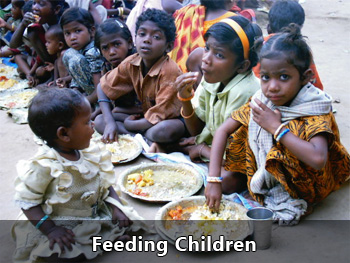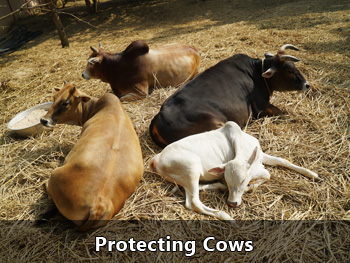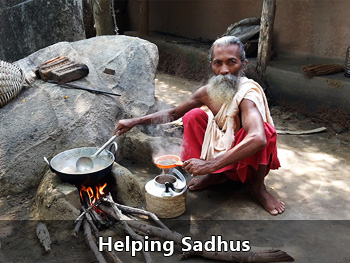CORRECTION OF ANEMIA AND IRON DEFICIENCY IN VEGETARIANS BY ADMINISTRATION OF ASCORBIC ACID - controlled study
Rate this topic

By
Guest guest
in Ayurveda, Health and Wellbeing
-
Top Downloads
-






Recommended Posts
Join the conversation
You are posting as a guest. If you have an account, sign in now to post with your account.
Note: Your post will require moderator approval before it will be visible.